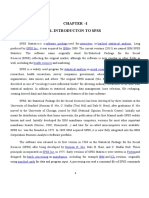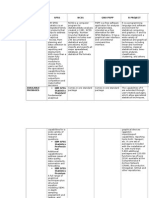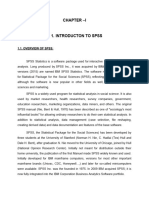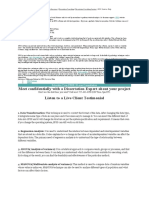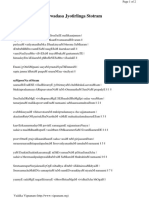0% found this document useful (0 votes)
17 views5 pagesComputing Assignment No
The document is a computing assignment focused on SPSS, a statistical software developed by IBM for data management and analysis. It provides a brief history of SPSS, key features, and its applications in various research domains. Additionally, it discusses correlation relationships between variables, categorizing them from zero correlation to strong negative correlation.
Uploaded by
uchihajeagerdesuCopyright
© © All Rights Reserved
We take content rights seriously. If you suspect this is your content, claim it here.
Available Formats
Download as DOCX, PDF, TXT or read online on Scribd
0% found this document useful (0 votes)
17 views5 pagesComputing Assignment No
The document is a computing assignment focused on SPSS, a statistical software developed by IBM for data management and analysis. It provides a brief history of SPSS, key features, and its applications in various research domains. Additionally, it discusses correlation relationships between variables, categorizing them from zero correlation to strong negative correlation.
Uploaded by
uchihajeagerdesuCopyright
© © All Rights Reserved
We take content rights seriously. If you suspect this is your content, claim it here.
Available Formats
Download as DOCX, PDF, TXT or read online on Scribd
/ 5














